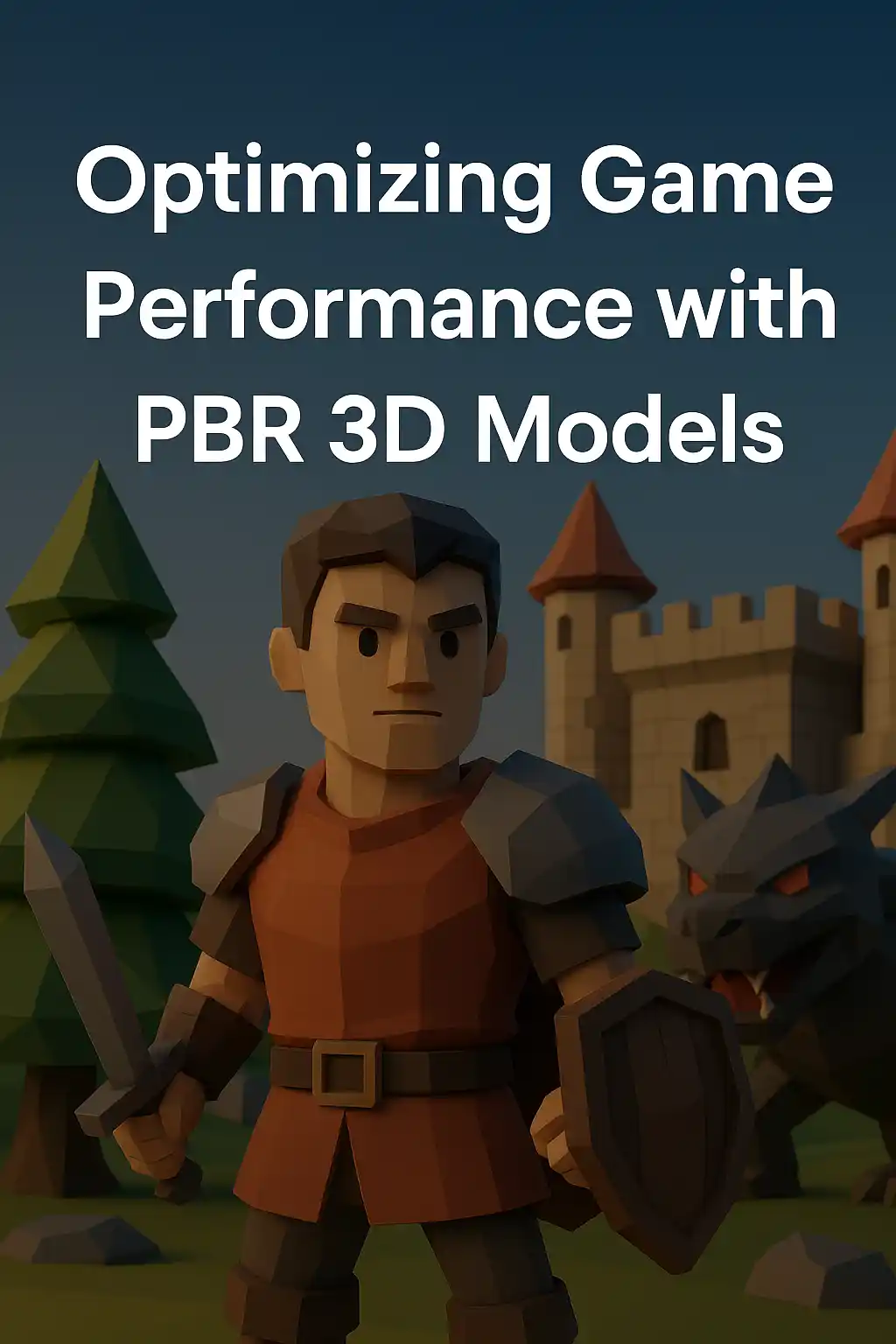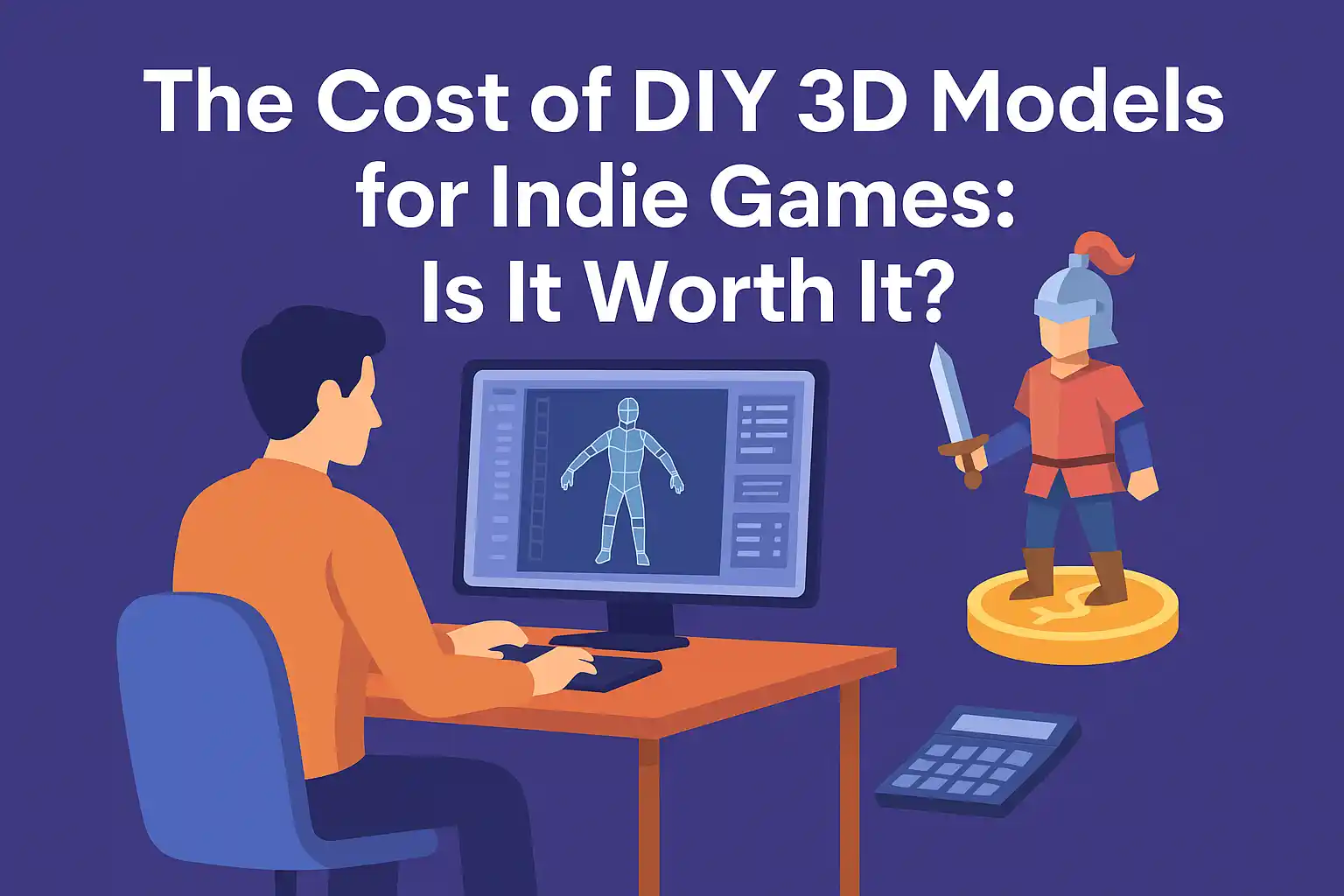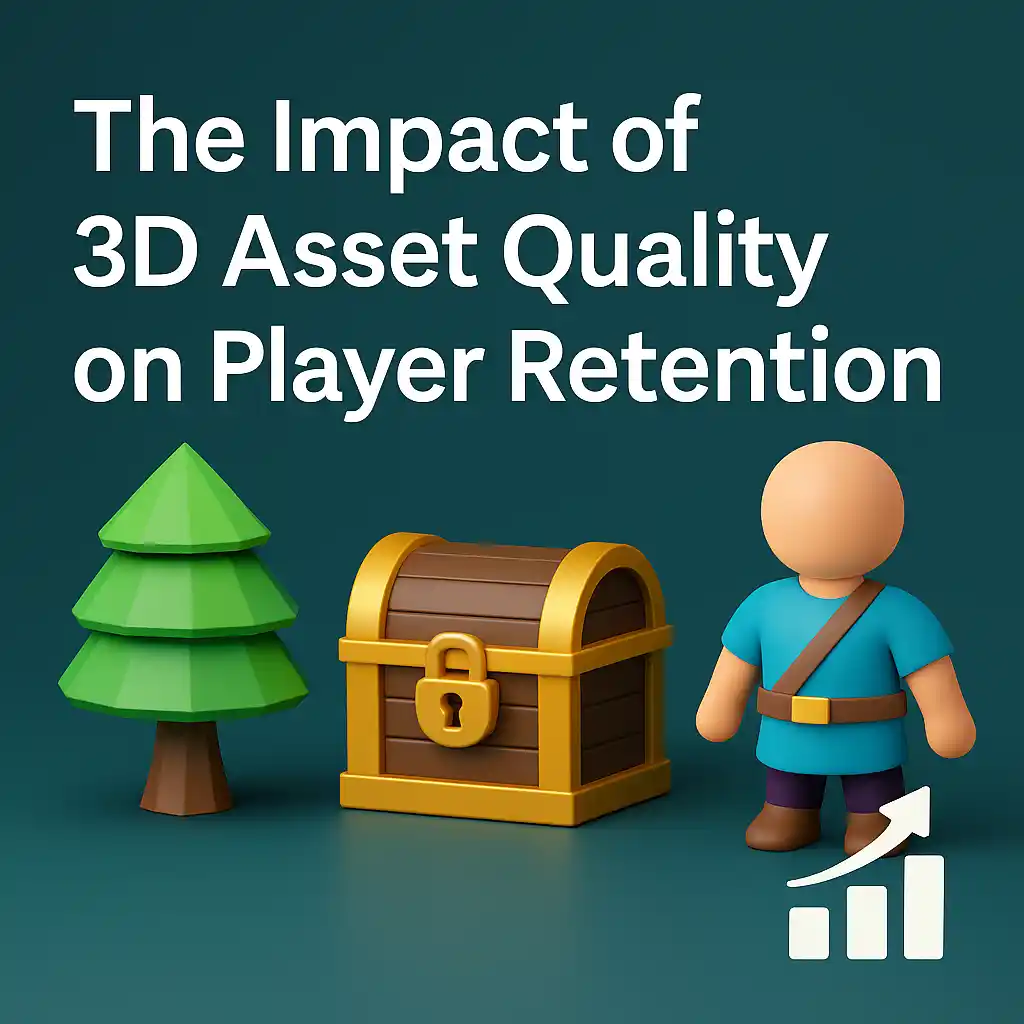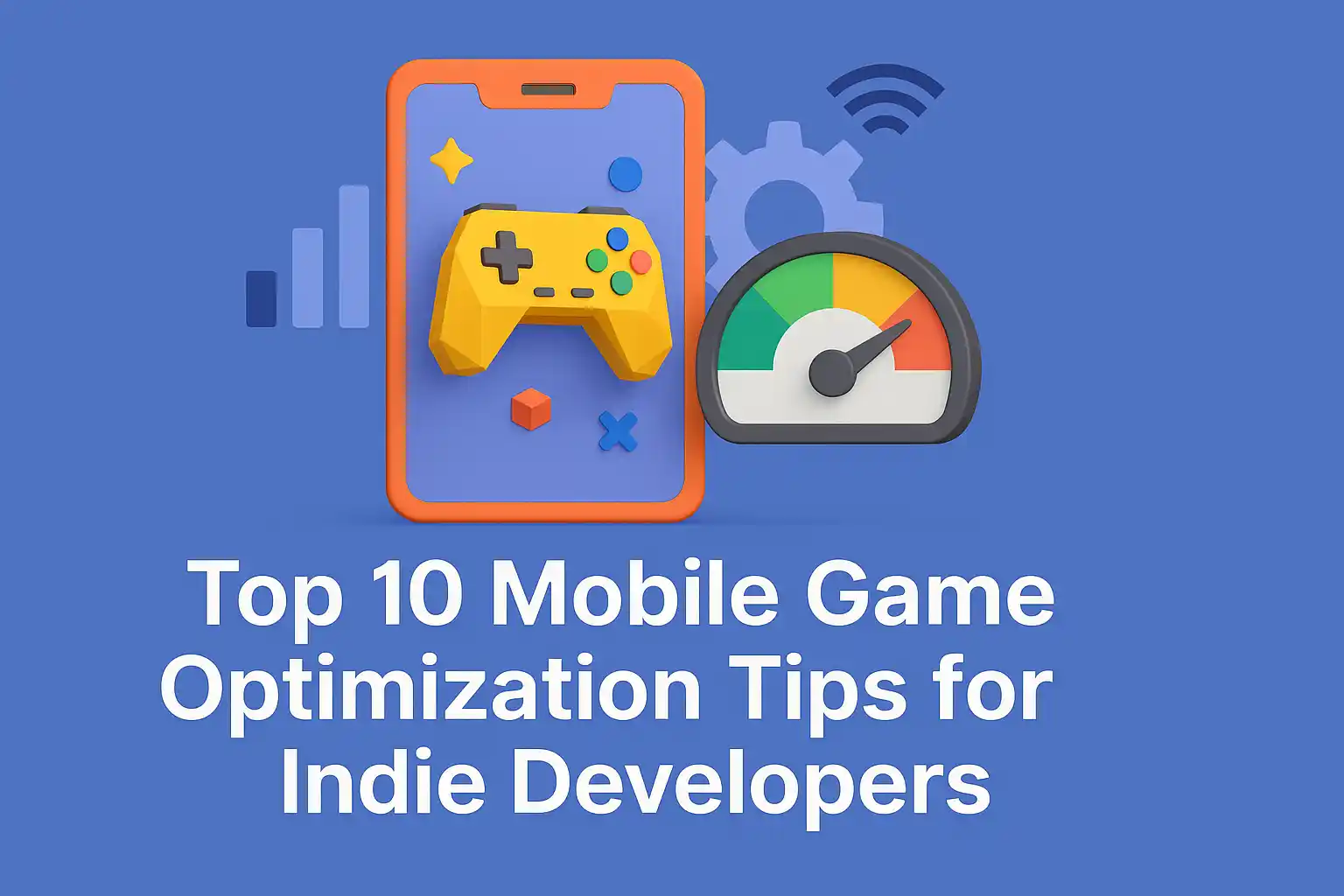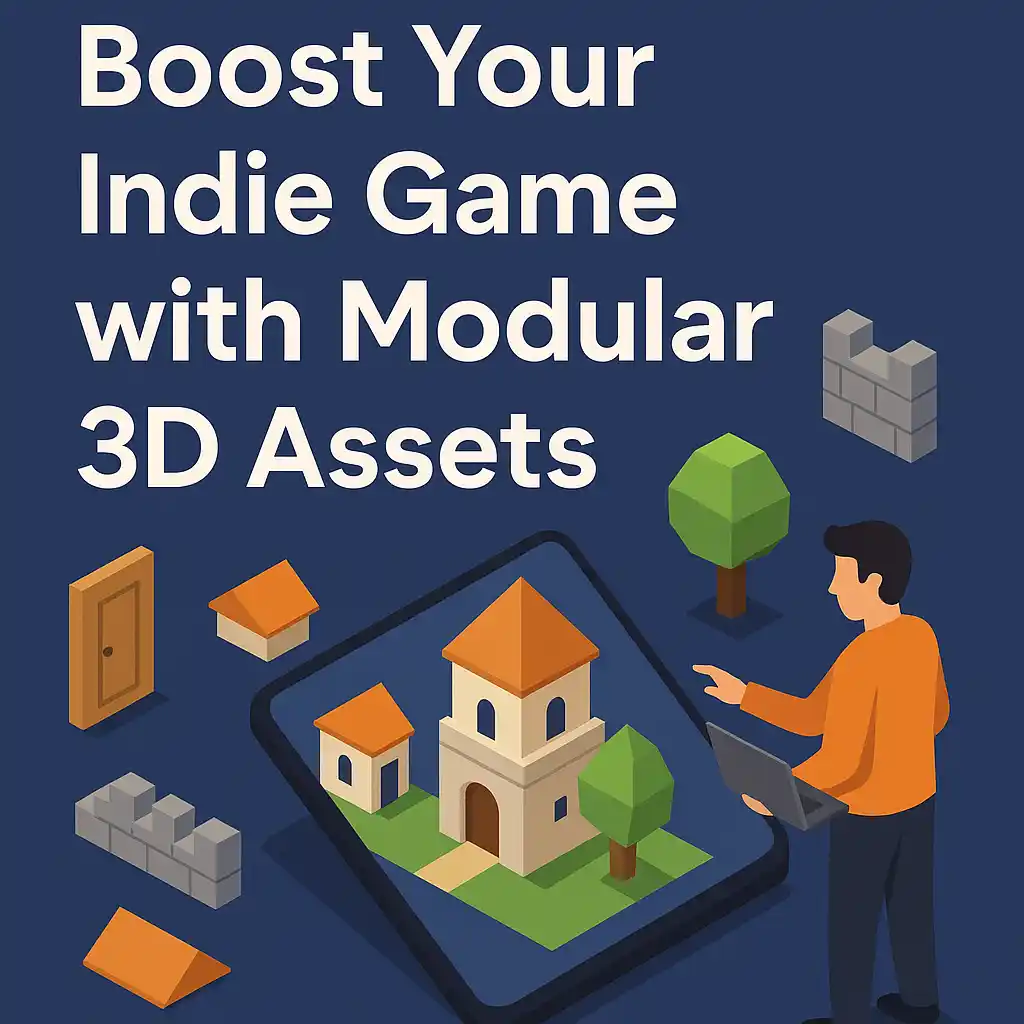Creating an indie game is a thrilling journey. But it comes with challenges, especially when it comes to designing 3D environments. That’s where modular 3D assets come in. They can significantly enhance your game’s development process, saving you time and resources while maintaining high-quality visuals.
What Are Modular 3D Assets?
Modular 3D assets are pre-made, reusable components that can be combined in various ways to build complex game environments. Think of them as building blocks, walls, floors, doors, windows, and props that fit together seamlessly. This approach allows for rapid level design and consistent art style throughout your game.
Why Should Indie Developers Use Them?
1. Time Efficiency
Building every asset from scratch is time-consuming. Modular assets enable you to quickly assemble environments without compromising quality. This is crucial for indie developers working with limited resources and tight deadlines.
2. Cost-Effective
Hiring a dedicated 3D artist can be expensive. By utilizing modular assets, you can reduce the need for custom modeling, thereby cutting down on development costs.
3. Consistency
Using a set of modular assets ensures a consistent visual style across your game. This uniformity enhances the player’s experience and immersion.
4. Flexibility
Modular assets offer flexibility in design. You can easily swap components to create diverse environments, keeping the game world fresh and engaging.
Where to Find High-Quality Modular 3D Assets
Several platforms offer high-quality modular 3D assets suitable for indie game development:
- Animatics Asset Store: Known for its comprehensive collection of 3D models, Animatics Asset Store provides assets that cater to various game genres and styles.
- Unity Asset Store: A popular choice among developers, offering a wide range of modular assets compatible with Unity.
- Sketchfab: Features a vast library of 3D models, including modular assets, created by a global community of artists.
- Itch.io: Offers free and paid modular asset packs, often created by indie developers for indie developers.
Best Practices for Using Modular 3D Assets
To make the most of modular assets, consider the following tips:
- Plan Your Grid System: Establish a consistent grid system to ensure that all modular pieces align correctly when placed in the game engine.
- Optimize for Performance: While modular assets are convenient, ensure they are optimized for performance to maintain smooth gameplay.
- Maintain Artistic Integrity: Even when using pre-made assets, strive to maintain a cohesive art style that aligns with your game’s vision.
- Customize When Necessary: Don’t hesitate to modify or combine assets to suit your specific needs and enhance uniqueness.
Real-World Examples
Many successful indie games have leveraged modular 3D assets to create expansive and immersive worlds:
- “Stardew Valley”: Utilized modular assets to design its charming farm and village environments.
- “Hyper Light Drifter”: Combined modular pieces to craft its vast, atmospheric landscapes.
- “The Escapists”: Employed modular assets to build its detailed prison environments.
These examples demonstrate how modular assets can be effectively used to create engaging game worlds without the need for extensive custom modeling.
Conclusion
Incorporating modular 3D assets into your indie game development process can lead to significant improvements in efficiency, cost-effectiveness, and visual consistency. By utilizing resources from platforms like Animatics Asset Store and following best practices, you can enhance your game’s development and deliver a compelling experience to players.


